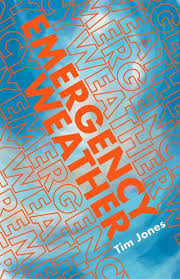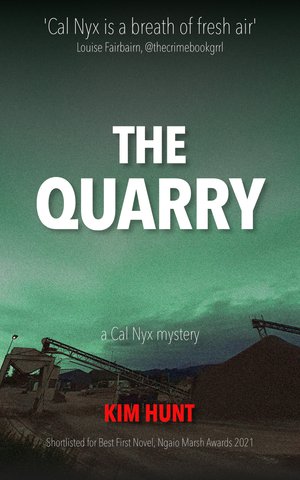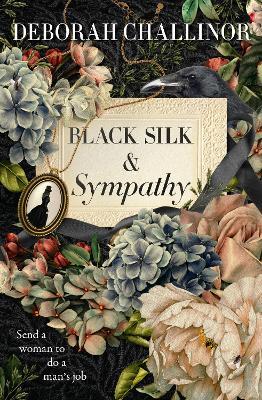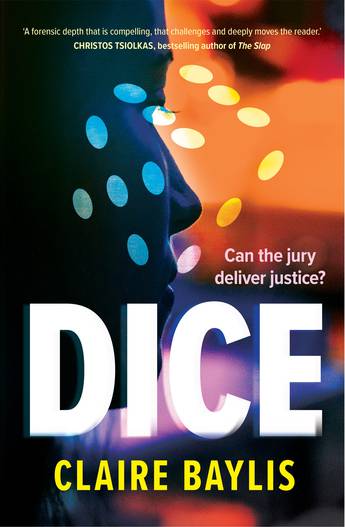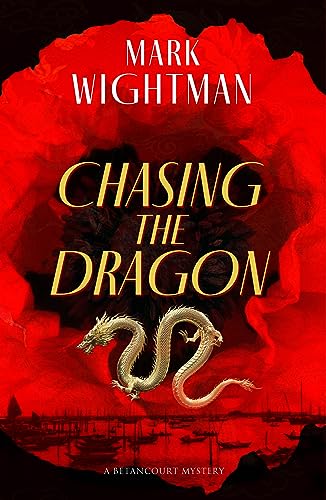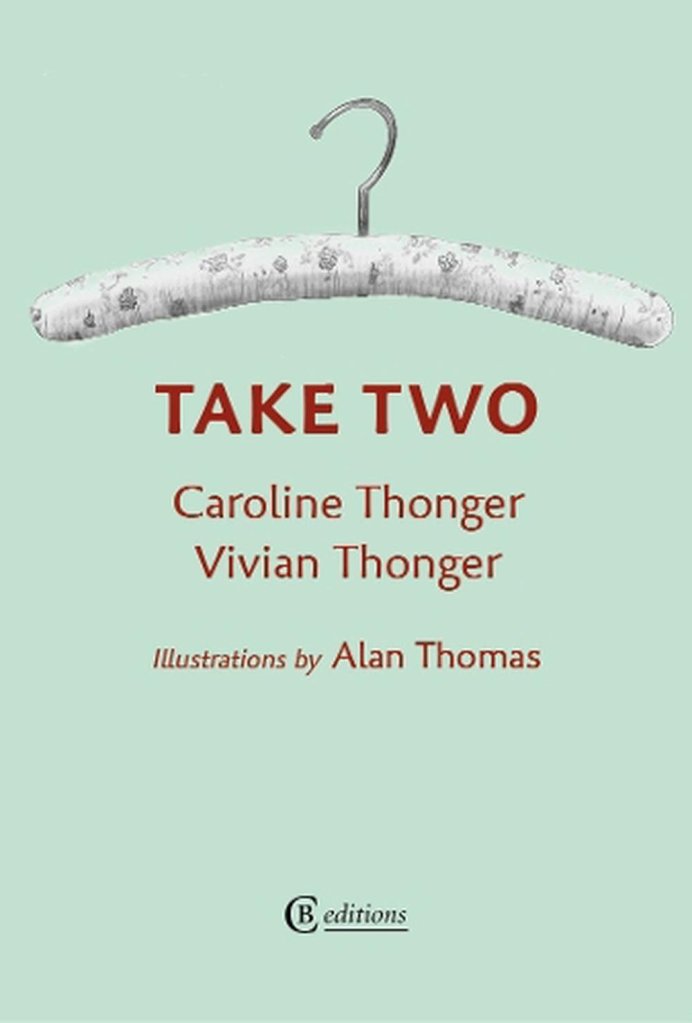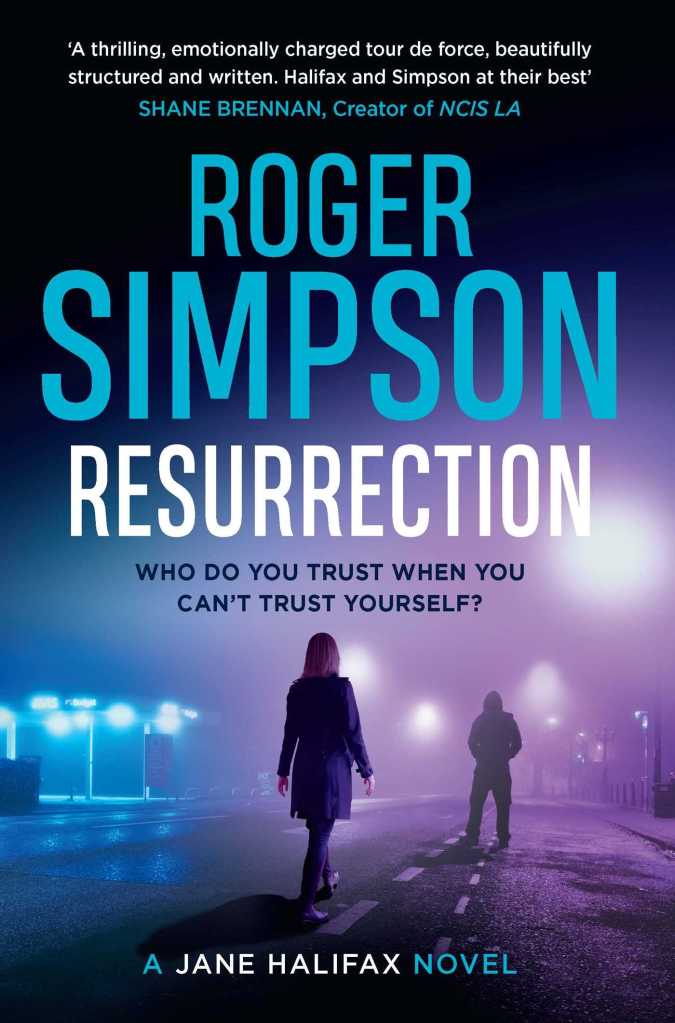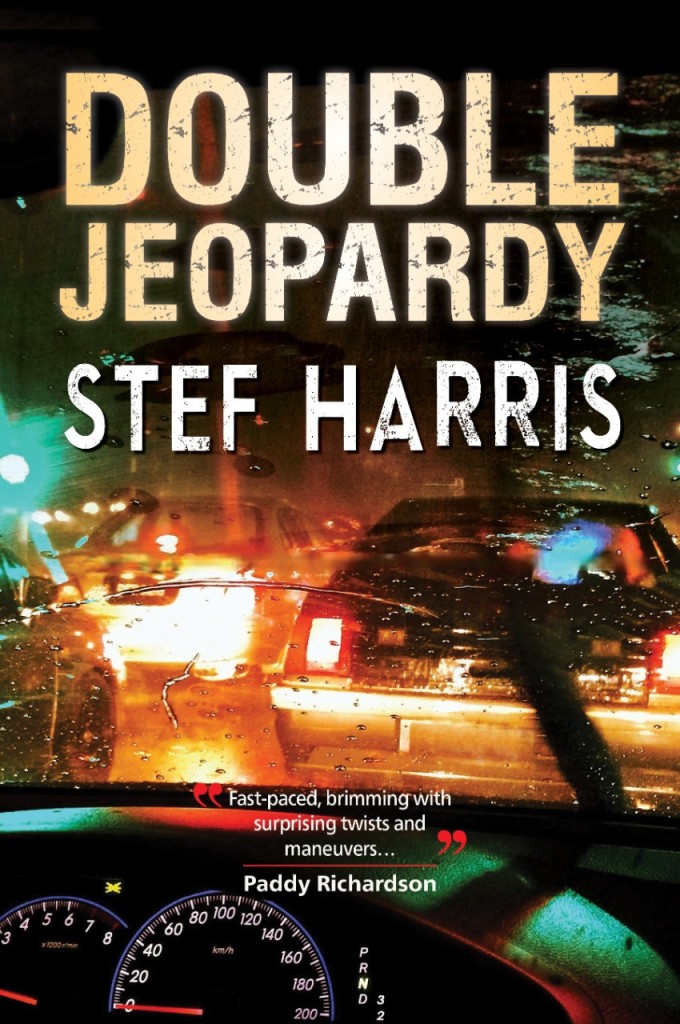Hana Westerman is back staking out houses, interviewing suspects, filming crimes in progress, and piecing together scraps of information. The only problem is, she’s no longer a detective: “Hana had walked away from the cops because she couldn’t live with the darkness anymore. But the darkness had followed her. And it had followed her family.”
Hana has returned to where she grew up; Tātā Beach on the west coast of the North Island. Her rapper daughter Addison and Addison’s best friend PLUS1, are living in Hana’s house in Tāmaki Makaurau/Auckland, about two hours away. Hana is renting just down from her dad Eru’s place. She runs every morning, and she and Eru are helping the local kids get their driving licences.
Hana is welcomed back to her community by some, but held at a distance by others. There are those who think she has come back feeling superior, looking down on them. Eyes is one of the latter, and Hana is struggling with Eyes’ son Tīmoti, whose attitude is getting in the way of his licence lessons. Hana fears he might be being drawn into the ambit of local thug Erwin Rendall.
All is manageable for Hana until Addison, visiting her mum, finds human remains in the sand dunes. The remains are those of a young woman, and the location is exactly where another young woman, Paige Meadows, was discovered 20 years previously. The man found guilty of Paige’s murder, Tama Hall, has since died in prison – but Eru is adamant Tama was innocent: “Tama didn’t kill that girl. He didn’t do it.” And then a woman approaches Hana to provide information regarding who Paige’s real killer might be.
Hana finds herself investigating both murders. The skeleton Addison finds is that of Kiri Thomas. Hana had only met Kiri once, at a Youth at Risk programme – she had told Hana “You look like photos of my real mum”. The detectives on the search for Kiri’s murderer are Jaye Hamilton, Hana’s ex-husband and Addison’s dad, and Lorraine Delaney, a colleague of Hana’s who has taken on Hana’s role of Detective Senior Sergeant in the department, and who had been piloting the Youth at Risk programme Kiri, and her friend Dax attended.
Treading a fine line with what she has the powers to do, and ensuring she passes all information on the police, Hana makes progress. Her ex-junior colleague Stan Riordan is still on the force, sitting on a desk job, eager to get back into action – well-placed to help Hana. And another ex-cop, Sebastian Kang, has started up a PI business – he gives Hana the odd bits of work, and he has her back in her investigations.
Return to Blood follow a standard crime novel pattern of finding clues, considering possibilities, falling for mis-directions – all culminating in a tense and scary denouement. But what makes it a superb novel are the characterisations and the juxtaposition of opposing ideas of what constitutes justice. Bennett describes the traditional Māori concept of muru, natural law, as opposed to the British common law system; “institutionalized, laid out in leather-bound tomes, enforced and adjudicated upon by police and lawyers and judges, people with absolutely no knowledge of or relationship to those who were actually affected.”
Is it justice when one man accepts another’s sacrifice and the responsibility of turning his life around? Is it justice when someone sets another up for their accidental crime, when the victim would be paying the price anyway? Is it justice when a crime is ignored because, if discovered, it wouldn’t be the real culprit who is punished? And making these questions vivid are the rich characters in Return to Blood.
Hana is still her staunch self, and so brave when approaching difficult situations – like humbling herself to Jaye’s new wife after a mis-judgement, or battling on with Eyes regarding fighting for Tīmoti’s future. Addison and PLUS1 are complex and fragile, especially when Addison decides to do a bit of investigating herself: “There’s what you say. There’s what you sing. And there’s what you actually feel.” Each character is conflicted and nuanced. And then there’s Eru.
“I was just a Māori boy from a small town who liked to go fishing.” Eru is accepting, kind, non-judgemental and loyal. He sees no difference between a soldier’s stress from battlefield orders, and a person’s stress from gang orders. He is knowingly naïve: “‘We’re pescatarian, Grandpa’, ‘That’s different to non-binary?’” The reader longs for Eru and his wisdom to be OK.
And poignantly, Kiri’s voice weaves through the book, and she is present in Addison’s dreams. She was 17. She fell in love with the genderless visceral Māori gods. She loved the weightlessness of the dip in a loop-de-loop. She lost her parents young, and she pushed her adoptive parents away by testing boundaries; “I wasn’t their blood”. She lost her way due to a misunderstanding. And the novel never lets us forget, regardless of the worries, mistakes, and triumphs of those left behind, Kiri has had everything taken from her – her chance to love or harm, her chance to make amends, her chance to live.
Return to Blood is a great book, a great piece of #YeahNoir, a great second book in the Hana Westerman series, and I eagerly await number three.


